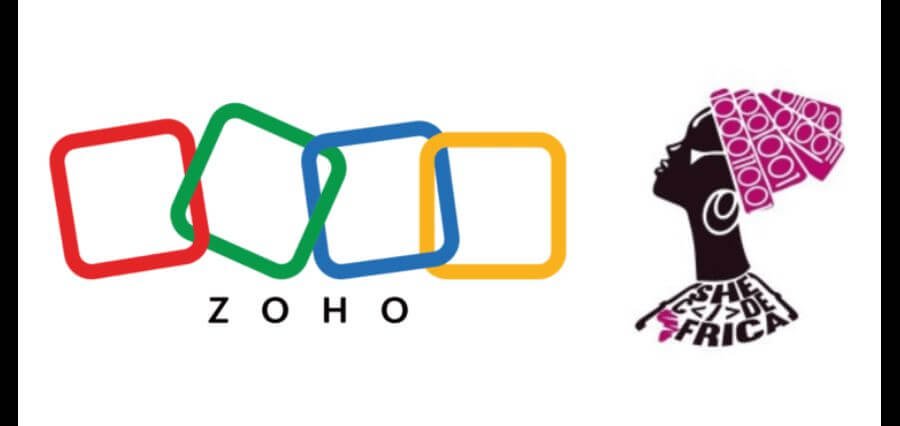Education is not just a matter of imparting information anymore—it’s about enabling futures. In a world of fast-moving technology, societal complexity, and economic volatility, schools need to do more than teach students to pass tests. They need to ready them for life. That requires leadership that is as much instructional as it is strategic—able to connect purpose to performance, and vision to action.
Strategic schooling is a transformation of educational leadership: from system management to system change. It is centered around a commitment to three non-negotiables of 21st-century education: equity, excellence, and innovation. When they are pursued together in balance, they yield not only high-performing schools but inclusive, future-capable communities.
Equity: The Moral Imperative of Strategic Leadership
Equity is not just a buzzword—it is a moral and professional imperative. In all our communities, inequalities in access, opportunity, and outcome continue to exist along lines of race, gender, ability, and socio-economic status. Strategic school leaders understand that excellence without equity is neither ethical nor durable.
They act with intentionality, recognizing and dismantling systemic barriers that constrain student potential. This can involve reallocating resources, reconsidering discipline policies, reimagining curriculum to represent diverse identities, or investing in culturally responsive pedagogy.
But above structural transformation, equity leadership demands a mind shift: from deficit-based thinking to asset-based valuing of each learner. These leaders view each student not as a statistic to be controlled, but as a life to be elevated. They understand that inclusive excellence only happens when every child has a chance—and access—to succeed.
Excellence: Raising Standards Without Raising Walls
Whereas fairness is the emphasis on equity, aspiration is the focus for excellence. It involves having high expectations for all students, not merely a select favored group. Yet in a strategic schooling approach, excellence is not only measured in terms of grades or test scores. It also involves critical thinking, creativity, emotional intelligence, and making ethical decisions.
Strategic leaders create learning cultures in which rigor is combined with relevance. They go beyond memorization to promote intellectual curiosity, problem-solving, and cross-disciplinary thinking. They develop professional learning communities in which teachers are constantly encouraged, provoked, and motivated to hone their practice.
Most importantly, they do not view equity and excellence as adversarial. They recognize that genuine excellence is only possible if all students are prepared and enabled to reach their highest potential, and if high expectations are supported by actual assistance.
Innovation: Leading for What’s Next
We are living in an era where information doubles every few years, where artificial intelligence is revolutionizing industries, and where tomorrow’s employment opportunities have yet to be created. Under such circumstances, schools that exclusively depend on conventional models are educating students for a world that no longer exists.
Innovation, then, is not a choice—it is a necessity. Strategic education calls for leaders who are futurists and designers, reshaping constantly how teaching and learning occur. That entails bringing in technology not only as a tool, but as a portal to worldwide collaboration, differentiated learning, and authentic problem solving.
It involves shattering the walls of the conventional classroom to adopt blended, project-based, and experiential learning models. It also includes creating student creators, not consumers—students capable of driving change, not merely accommodating it.
The most effective school leaders are those who embrace experimentation with academic integrity—those who open their arms to failure as an opportunity for learning and infuse innovation into the DNA of school culture.
Strategic Alignment: Linking Vision to Systems
Strategic schooling doesn’t mean pursuing fads or introducing piecemeal projects. It’s about alignment and consistency—making certain that all policies, practices, and partnerships advance a common purpose. Leaders need to ask themselves: Are our investments aligned with our values? Are we measuring what matters? Are we creating systems that will endure beyond current leaders?
This demands data-informed decision-making, collaborative goal setting, and transparent accountability. It also requires distributed leadership, empowering teachers, students, and communities to co-create solutions. In this way, strategy becomes not a top-down mandate, but a shared journey—anchored in purpose and sustained by collective ownership.
Building Leadership Capacity at Every Level
Strategic schooling is not a solo endeavor by one principal or board—it’s a collaborative effort. Successful leaders invest in leadership development at all levels: supporting teacher-leaders, developing student voice, and involving families and communities as co-educators.
They promote a growth mindset throughout the system, where professional learning is ongoing and leadership capacity is developed, not restricted. In this way, they design schools that are not merely high-performing but self-renewing—adaptive, resilient, and continuously learning.





